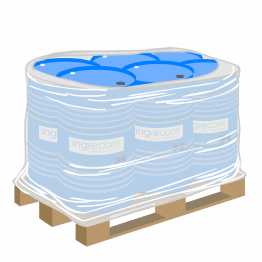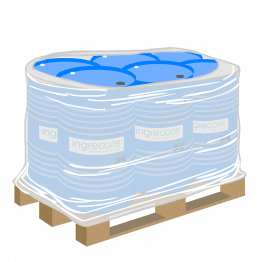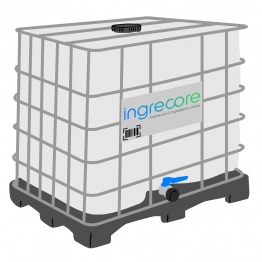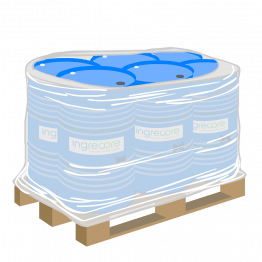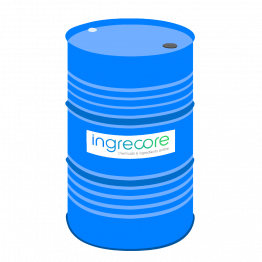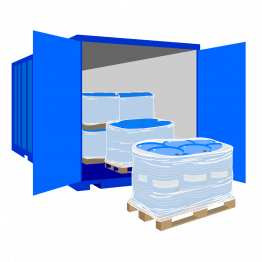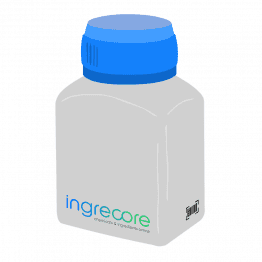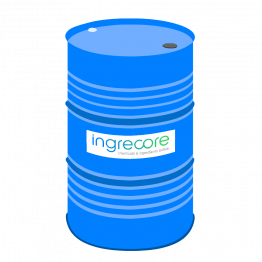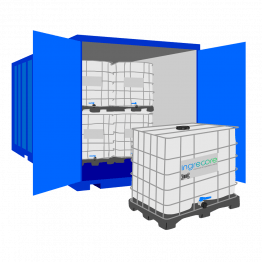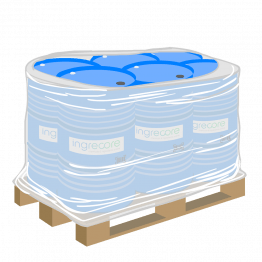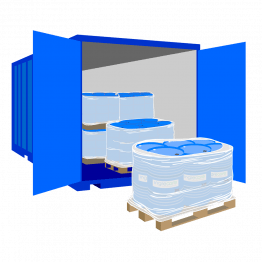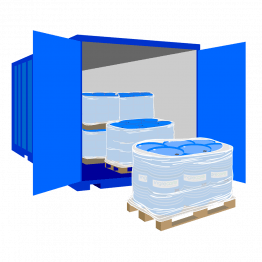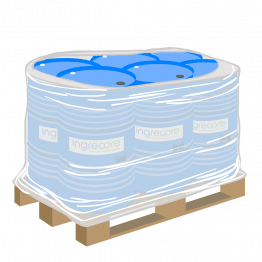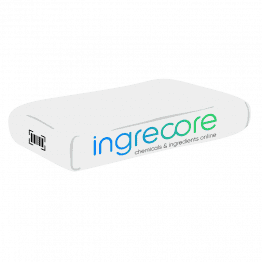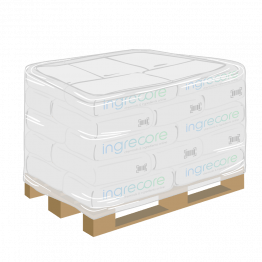- By Market
-
By Application
Body Care Decorative CosmeticsBlushes Eye Shadows Lip & eyeliners Lipsticks & glosses Make-up Foundations Make-up Powders Mascaras Nail VarnishesHair CareHair Colorants Hair Conditioners Hair Lotions Hair Mousses Hair Serums Hair Sprays Hair Texturizers ShampoosHome Dishwash Care Home Fabric Care Home Surface Care Home Vehicle Care I&I Laundry Care I&I Surface care Oral Care Skin Care
-
By Product Function
Actives Conditioning Emollients & Moisturizing Film forming Foaming & Foam Control Opacifying Preservative & AntioxidantAnti Gram-Negative Anti Gram-Positive Antimicrobial Anti-mold Anti-oxidizing Anti-yeast Preservatives Preservative BoosterSolubilizing & Hydrotropes Solvent Surfactants & DetergentsAmphoteric Surfactant Anionic Surfactant Cationic Surfactant Cleansing Degreasing agent Detergents Dispersing agent Emulsifying Non-ionic Surfactant Spreading agent Wetting agentUV Filter Viscosity & Rheology Other Product Functions

Non-ionic Surfactant
Non-ionic Surfactant Ingredients or Chemicals
Description of Nonionic Surfactant: surfactants (Surface Active Ingredients) are chemicals used to lower the surface tension between different substances. They function in multiple ways, like dispersants, emulsifiers, detergents and foaming agents. Most Surfactants have the same structure, a long, hydrophobic tail and a hydrophilic head. The tails are almost identical in most surfactants, they mainly differ in the hydrophilic head. This head can either be non-ionic, anionic, cationic or amphoteric. Whatever the structure, most surfactants work by creating micelles. These are small bubbles in which the surfactants have arranged themselves with their hydrophilic heads towards the solution, and the hydrophobic tail towards the center. This traps particles inside and allows it to function like a cleaning agent.
Non-ionic surfactants have a neutral hydrophilic head. This makes them better for oily emulsions than Anionic Surfactants. For this reason, the two are often combined for use in multi-purpose cleaning applications. Compared to Anionic Surfactants, Non-ionic surfactants are relatively low-foaming. Exclusive to Non-ionic Surfactants is the so-called cloud point, this is the temperature at which the solution starts to become cloudy. Most Nonionic Surfactants work best at or near this temperature, therefore this is certainly something to pay attention to. Common Non-ionic Surfactants are Ethoxylates, Amine Oxides (for example IngreNox M30), Cocoates (IngrePol PEG-7GC) and Alkyl Polyglucosides (eg Lauryl Glucoside50).
Best available price $2.19/kg
Best available price $3.58/kg
Isooctyl Glucoside (D-Glucopyranose, oligomers, 2-ethylhexyl glycosides)
Item #: 1080
Best available price $5.35/kg
Best available price $1.57/kg
Best available price $1.47/kg
Best available price $1.65/kg
Best available price $1.81/kg
Best available price $1.59/kg
Best available price $2.26/kg
Best available price $2.26/kg
Best available price $1.49/kg
Best available price $1.48/kg
Best available price $3.25/kg
Best available price $3.71/kg
Best available price $3.28/kg
